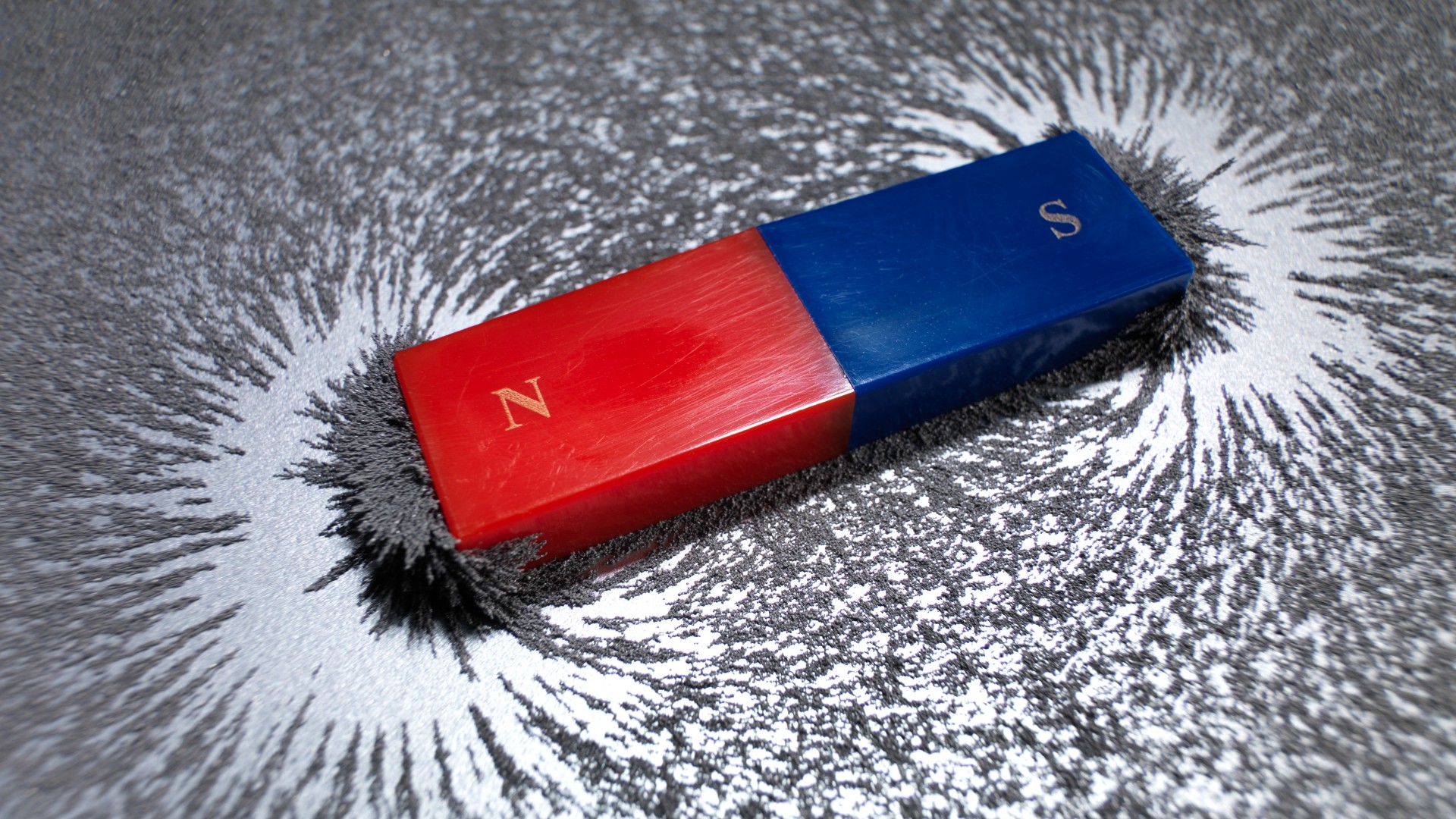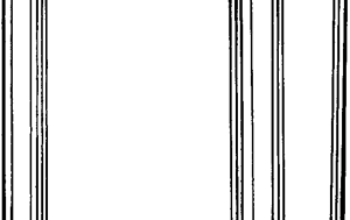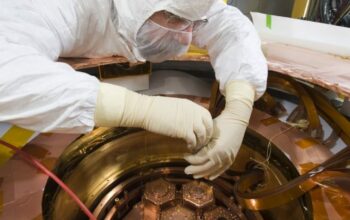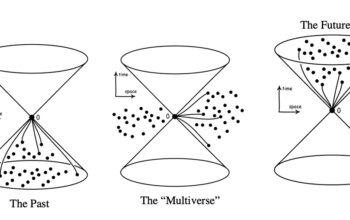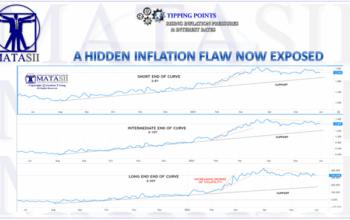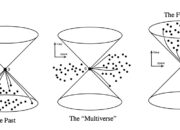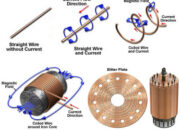Magnetic cloaking, a concept once relegated to the realm of science fiction, has begun to manifest tangible relevance in contemporary physics, particularly in the quest to unveil the enigmatic properties of neutrons. While neutrons often elude straightforward characterization due to their neutral charge, recent advancements in magnetic manipulation have positioned scientists to explore their “hidden sides.” This article elucidates the advancements in magnetic cloaking technologies, the interplay of neutron behavior within magnetic fields, and the implications of revealing neutron properties on our understanding of matter.
The foundation of any discourse on magnetic cloaking must commence with an understanding of magnetic fields themselves. A magnetic field is a vector field surrounding a magnetic material or moving electrical charge, which influences the behavior of charged particles within its vicinity. Neutrons, despite being uncharged, possess intrinsic magnetic moments due to the subatomic structure of protons and quarks. The magnetic properties of neutrons are subtle yet crucial for understanding nuclear interactions and may shed light on fundamental asymmetries within the Standard Model of particle physics.
Understanding magnetic cloaking necessitates a discussion of metamaterials, which are engineered materials designed to have properties not found in naturally occurring substances. Metamaterials can manipulate electromagnetic waves in ways that traditional materials cannot. The potential of metamaterials to render a space magnetic field invisible offers a theoretical groundwork for magnetic cloaking. By strategically arranging the atomic or molecular structure of such materials, it is possible to devise a medium through which magnetic fields can be redirected, creating an apparent absence of magnetic influence in specific regions.
Research has progressively advanced our ability to cloak magnetic fields. Initial studies employed techniques such as transformation optics, where the equations governing electromagnetism were reformulated to design a material that could guide magnetic field lines around an object. This metamaterial can effectively create a “cloak” around the object, rendering it undetectable to magnetic field measurements. As the research progresses, implementations extend beyond direct cloaking effects toward potential applications in observing and manipulating subatomic particles, including neutrons.
At this intersection, quantum mechanics plays an indispensable role. Neutrons are unique among nucleons, characterized by their non-zero spin and magnetic moment. Through advanced magnetic cloaking techniques, researchers are now poised to address pivotal questions surrounding the neutron’s internal structure. Are there undiscovered constituents or dynamics that could be elucidated through precise magnetic manipulation? This remains a tantalizing possibility.
The implications of uncovering the hidden aspects of neutrons extend far beyond particle physics. Neutrons are fundamental to the nucleus of an atom, and their behaviors influence nuclear interactions and stability. A deeper understanding of neutron properties may illuminate various phenomena in astrophysics, particularly the behavior of neutron stars and the electromagnetic interactions therein. The balance of forces at play within such extreme environments is intricately tied to neutron behavior and properties, suggesting that advancements in magnetic cloaking could have profound astrophysical significance.
Equally crucial is the potential impact on materials science. Neutrons are deployed as probes in neutron scattering experiments, providing insights into material properties at the atomic level. By enhancing our ability to manipulate and understand the neutron through magnetic cloaking, we may refine these experimental techniques, leading to breakthroughs in material design and engineering. The optimization of material properties through the understanding of neutron interactions could yield innovations in various technological fields, from energy storage systems to superconductors.
The road ahead is paved with exciting potential, yet it is not devoid of challenges. The practical implementation of magnetic cloaking demands precision instrumentation and sophisticated methodologies. Current experimental techniques, while promising, still bear the burden of limitations concerning scalability and effectiveness in variable environments. The magnetic cloaking of neutrons will require not only robust theoretical frameworks but also the development of intricate experimental setups that can withstand the chaotic dynamics of subatomic interactions.
In conclusion, the intersection of magnetic cloaking technology and neutron research presents opportunities laden with transformative potential. As the scientific community delves into this nascent field, the quest to reveal the neutron’s hidden side could redefine our understanding of fundamental physics. The implications reach broad spectrums: from insights into cosmic phenomena in neutron stars to advancements in materials that pervade our daily lives. As researchers continue to forge pathways in this uncharted territory, the future of magnetic cloaking beckons—it may well reshape our comprehension of the universe and the building blocks of matter itself.
